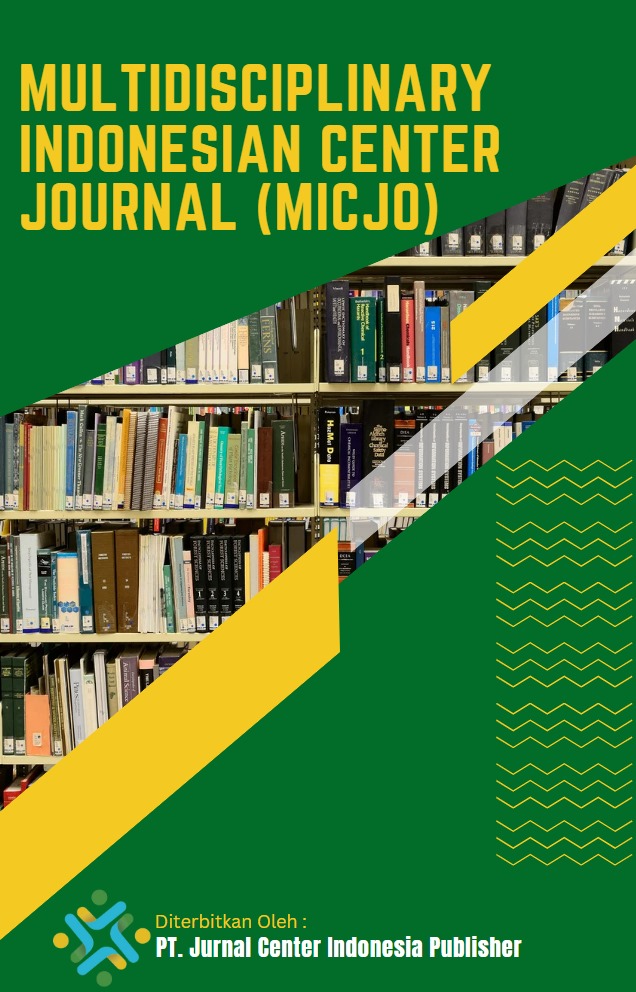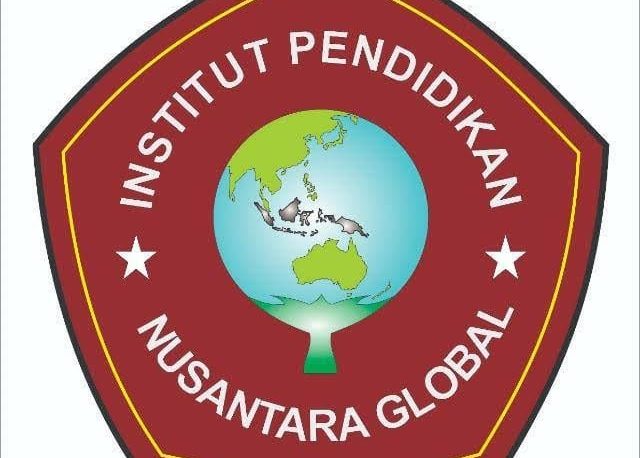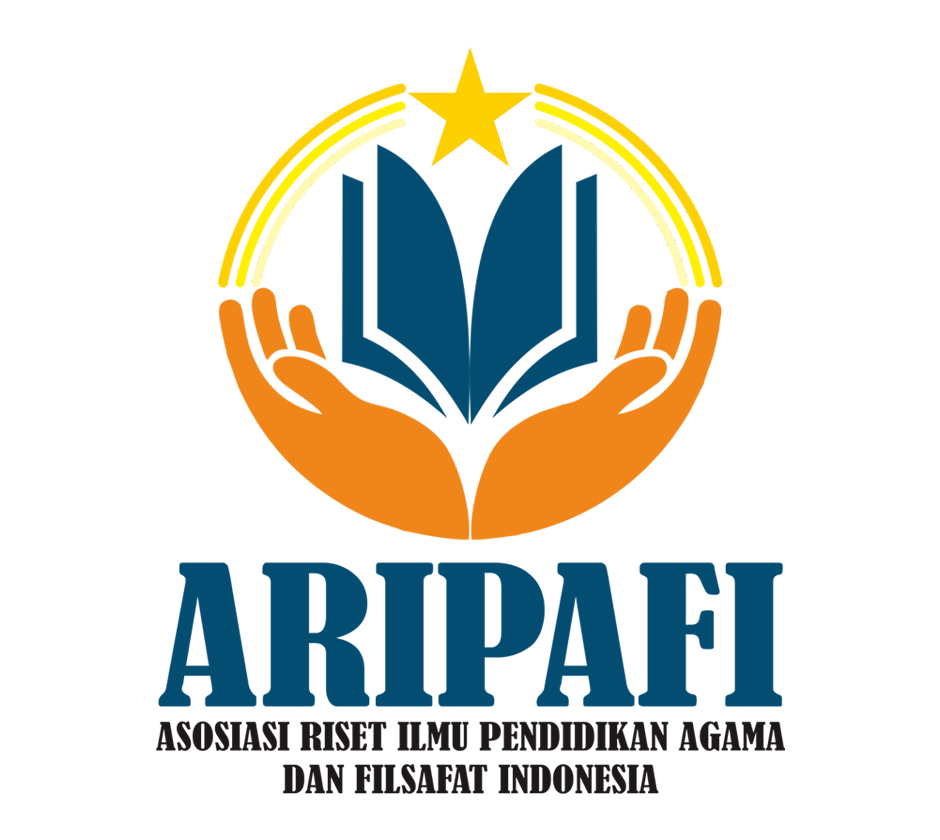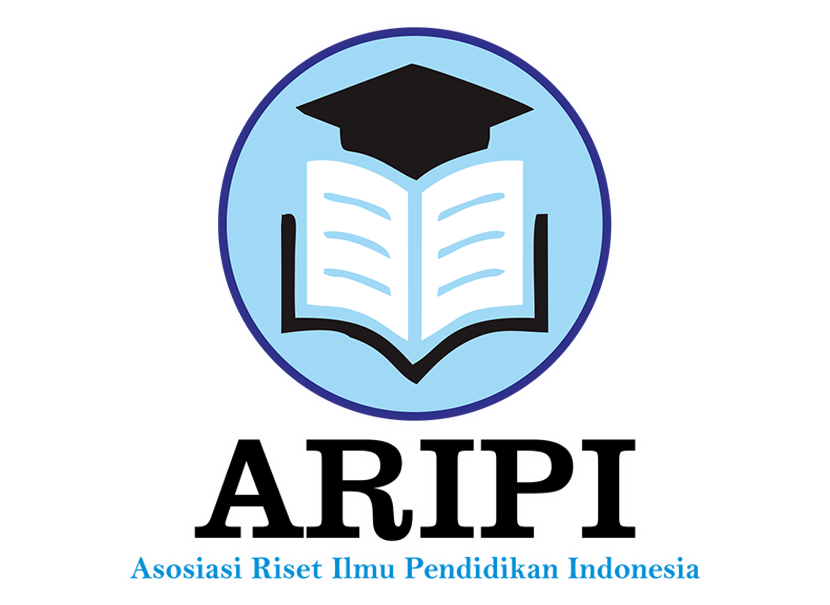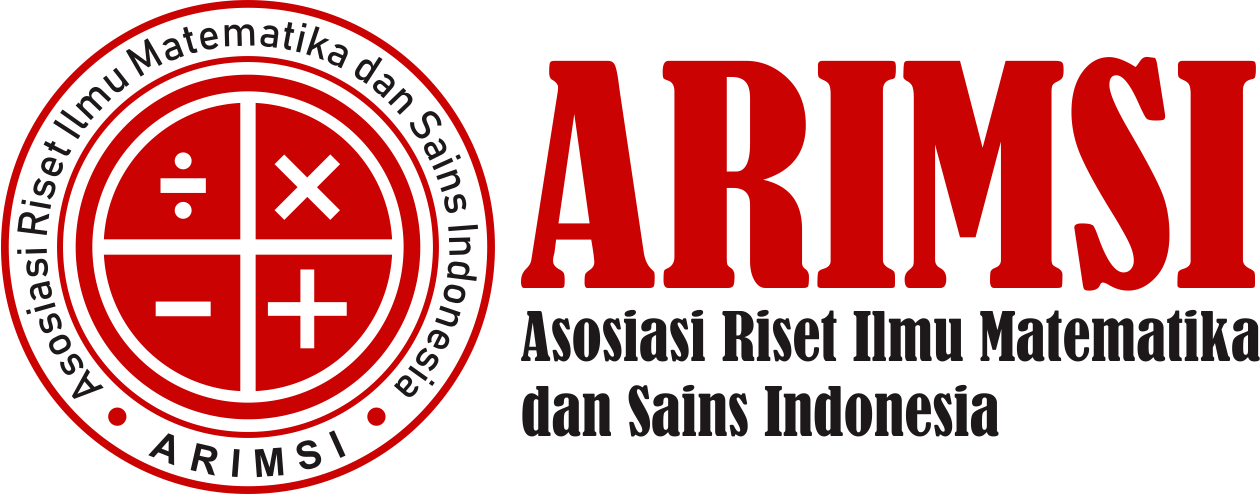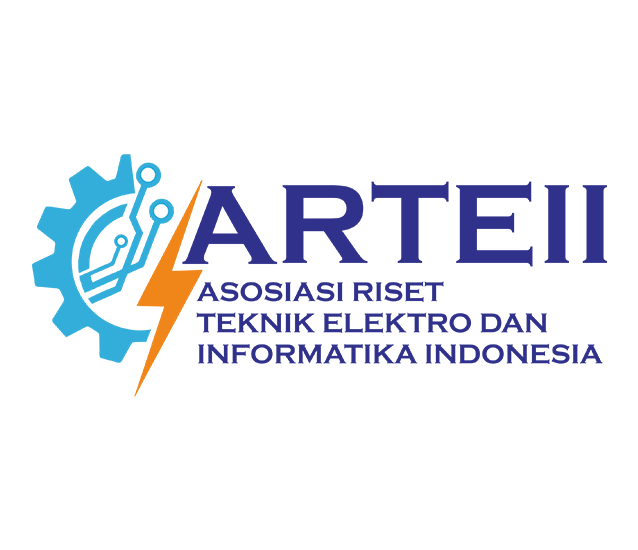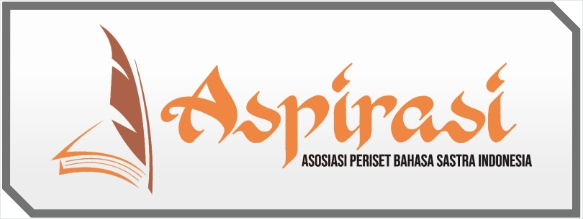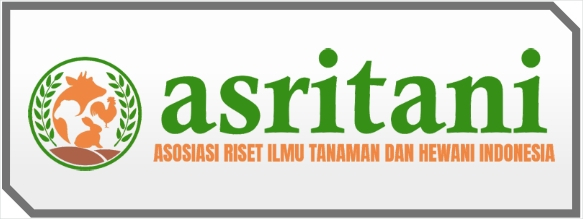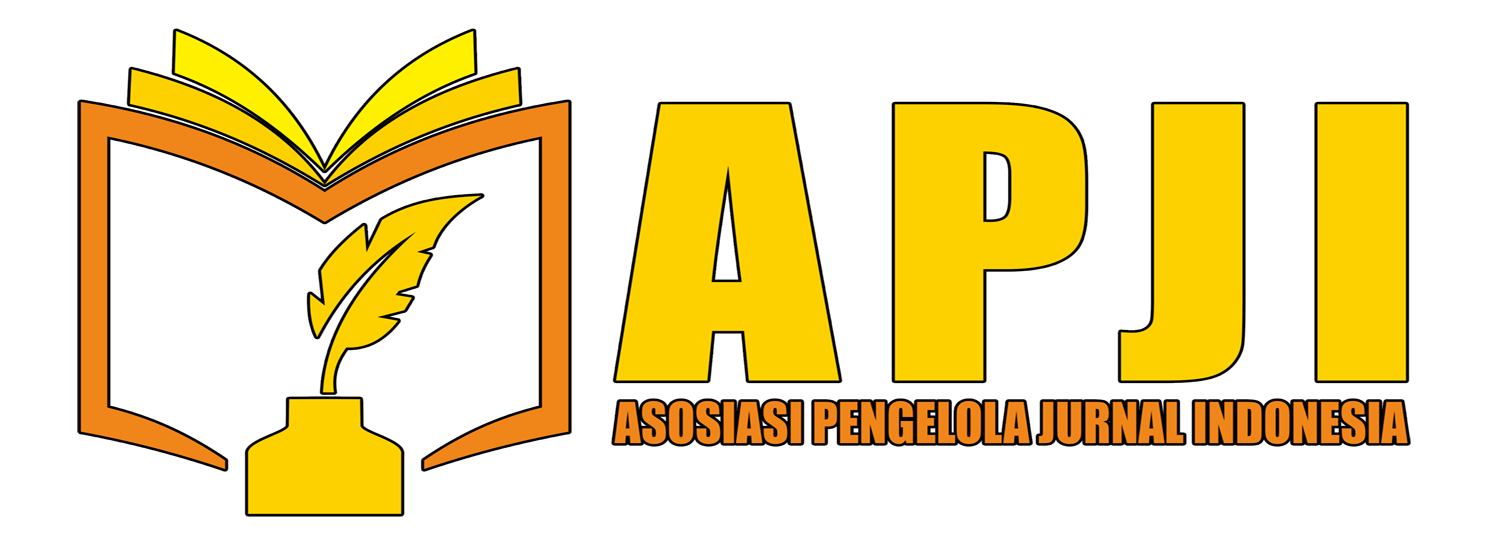ANALYSIS OF HOMOPHONE PHYRAMID LANGUAGE IN THE LANI TRIBE” PAPUA PEGUNUNGAN
DOI:
https://doi.org/10.62567/micjo.v2i4.1440Keywords:
Lani language, homophones, indigenous linguisticsAbstract
This study analyzes the phenomenon of homophone pyramid language in the Lani Tribe of Papua Pegunungan, revealing that homophones in the Lani language are not merely linguistic coincidences but embody unique phonological patterns and semantic variations deeply connected to the tribe’s cultural and environmental context. Through descriptive linguistic analysis and field-based data collection, the study identifies several instances of lexical homophony such as tu (“door” / “road”), mayu (“rain” / “salt”), nengge (“eat” / “drink”), ngilu (“cucumber” / “snack”), eyo (“tree” / “barren”), kolee (“leader” / “older man”), abila (“pregnant” / “fat man”), and anuka (“head” / “Anuak tribe”). These examples demonstrate that meaning in the Lani language is primarily determined by contextual cues and pragmatic usage. The findings suggest that homophones in Lani function as linguistic features and cultural expressions that reflect the tribe’s perception of nature, community roles, and social identity. This research contributes to a broader understanding of Papuan linguistics and underscores the importance of preserving indigenous languages as repositories of cultural knowledge and intellectual heritage.
Downloads
References
Aripudin. (2017). BENTUK DAN PENGGUNAAN HOMONIM DALAM BAHASA KERINCI DI PULAUTENGAH. Jurnal Pendidikan Bahasa Dan Sastra, 6(no.2 (2017)), 22–30.
Barrett, J., & Cocq, C. (2019). Indigenous Storytelling and Language Learning: Digital Media as a Vehicle for Cultural Transmission and Language Acquisition. In Studies in Writing (Vol. 37, pp. 89–112). Brill Academic Publishers. https://doi.org/10.1163/9789004298507_006
Delpa, P. D. A. (2022). STUDENT SPEAKING ACTIONS IN UNDERSTANDING THE MEANING OF ENGLISH COMMUNICATION HOMOPONS IN THE LECTURE ROOM TINDAK TUTUR MAHASISWA DALAM MEMAHAMI MAKNA HOMOPON KOMUNIKASI BERBAHASA INGGRIS DI RUANG PERKULIAHAN. https://doi.org/10.51817/jpdr/v2i1.197
Gabriella Chindyani. (2017). HOMONIM BAHASA DAYAK MUARA ARTIKEL PENELITIAN Oleh: MARIA GABRIELLA CHINDYANI NIM F1011131085 PROGRAM STUDI PENDIDIDKAN BAHASA DAN SASTRA INDONESIA.
Gobel, W., Karmin Baruadi, M., & Lamusu, S. A. (2021). HOMONIMI DALAM BAHASA ATINGGOLA Homonyms in Atinggola Language. In Jambura Journal of Linguistics and Literature (Vol. 2, Issue 1). https://ejurnal.ung.ac.id/index.php/jjll
Iseke, J. (2013). Indigenous Storytelling as Research. International Review of Qualitative Research, 6(4), 559–577. https://doi.org/10.1525/irqr.2013.6.4.559
Napius Kogoya; and Manase Halitopo. (2024). The Structure of Lanny Oral Literature: A Critical View. Journal of English Language and Pedagogy (JELPA), 2(1), 23–43. https://doi.org/10.51826/jelpa.v2i1.1095
Nguyen, L. T., & Nguyen, H. B. (2018). European Journal of English Language Teaching THE IMPACT OF STORYTELLING ON HIGH SCHOOL STUDENTS’ ORAL PERFORMANCE. 3. https://doi.org/10.5281/zenodo.1296378
Nurfadillah, J., Hermansyah, S., Muhammadiyah, U., & Rappang, S. (2024). Examining Students’ Skills in Differentiating the Meaning Relations of Homonyms, Homophones, and Homographs. Jurnal Pendidikan Bahasa, 11(2).
Rofiah. (2024). 3390-Article Text-11950-12938-10-20240206 (1).
Schroeder, M., Tourigny, E., Bird, S., Ottmann, J., Jeary, J., Mark, D., Kootenay, C., Graham, S., & McKeough, A. (2022). Supporting Indigenous children’s oral storytelling using a culturally referenced, developmentally based program. The Australian Journal of Indigenous Education, 51(2). https://doi.org/10.55146/ajie.v51i2.50
Titin Febriana. (2014). ARTIKEL HASIL PENELITIAN RELASI SEMANTIK HOMONIMI DALAM BAHASA SASAK DIALEK A-E.
Yan, G., & Zhao, X. (2015). European Journal of English Language Teaching A REVIEW OF THE USE OF STORYTELLING TO IMPROVE STUDENTS’ ORAL PROFICIENCY IN EFL TEACHING. https://doi.org/10.5281/zenodo.3334120
Yulianti, I., Hasnani, H., & Siradjuddin, S. (2022). The Effectiveness Of Homophone Gamestowards Student’s Pronunciation At MTsN Kepulauan Selayar. Jurnal Pendidikan Indonesia, 3(4), 388–397. https://doi.org/10.36418/japendi.v3i4.669
Downloads
Published
How to Cite
Issue
Section
License
Copyright (c) 2025 Napius Kogoya, Manase Halitopo

This work is licensed under a Creative Commons Attribution-ShareAlike 4.0 International License.

